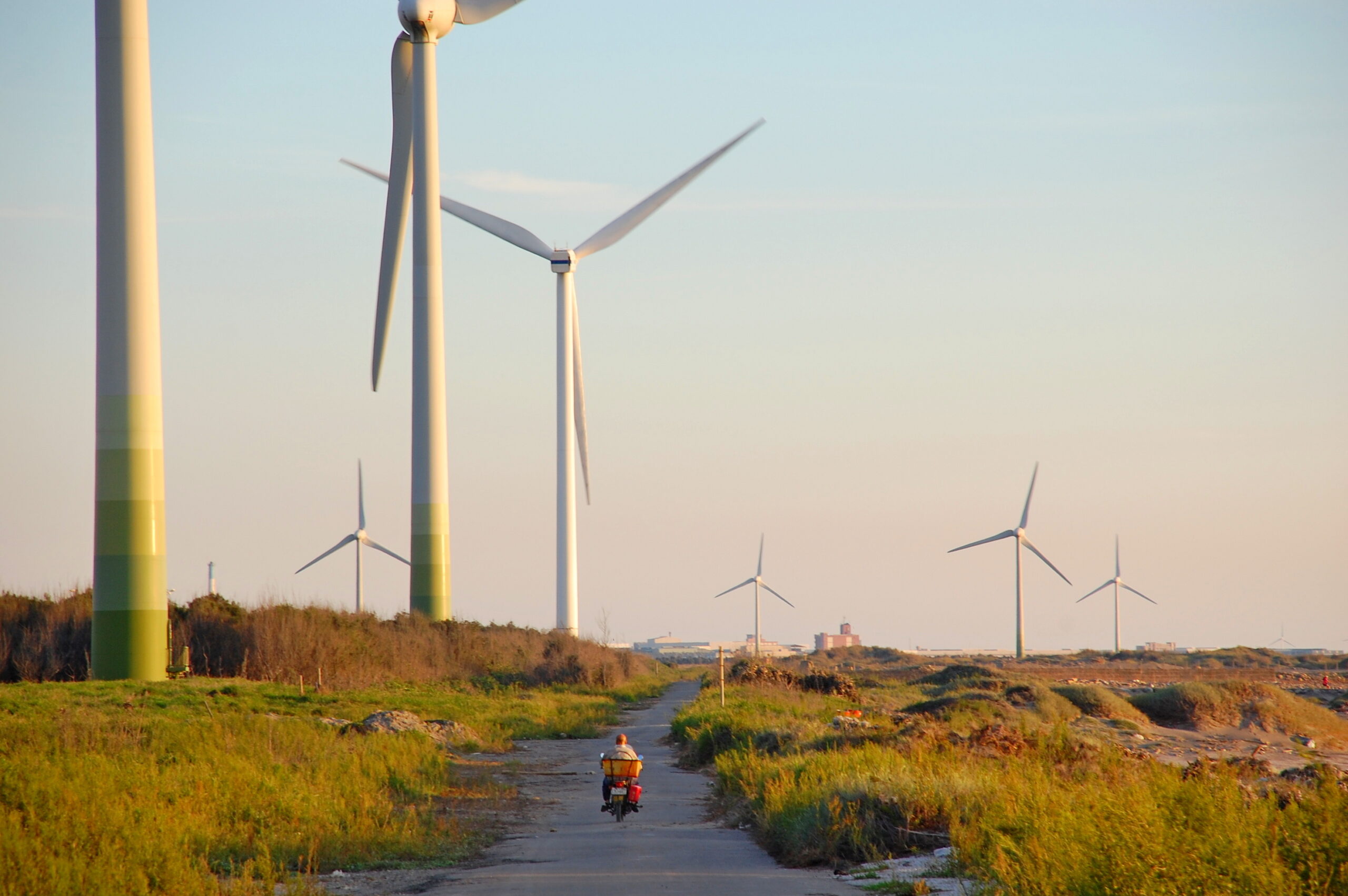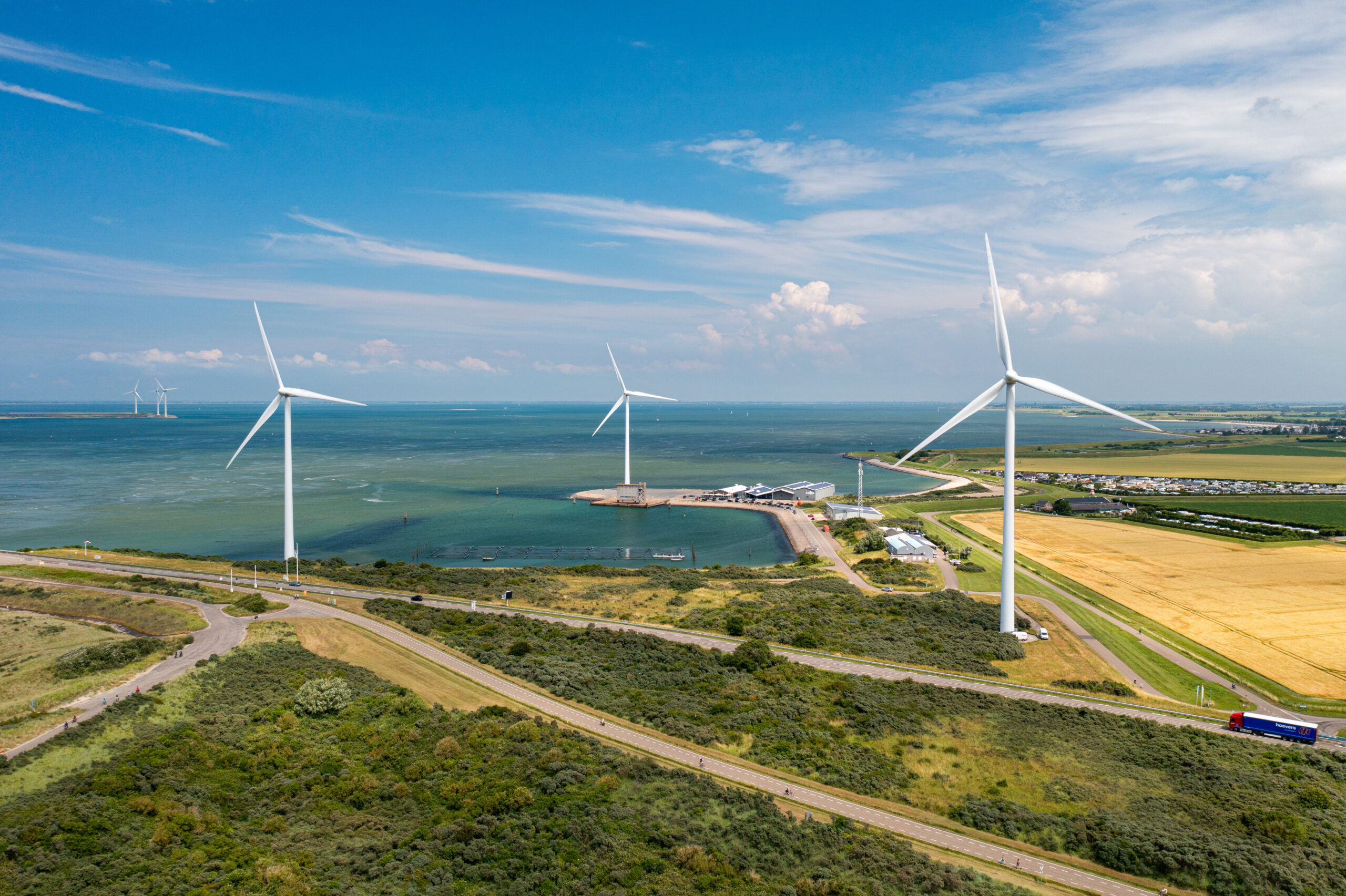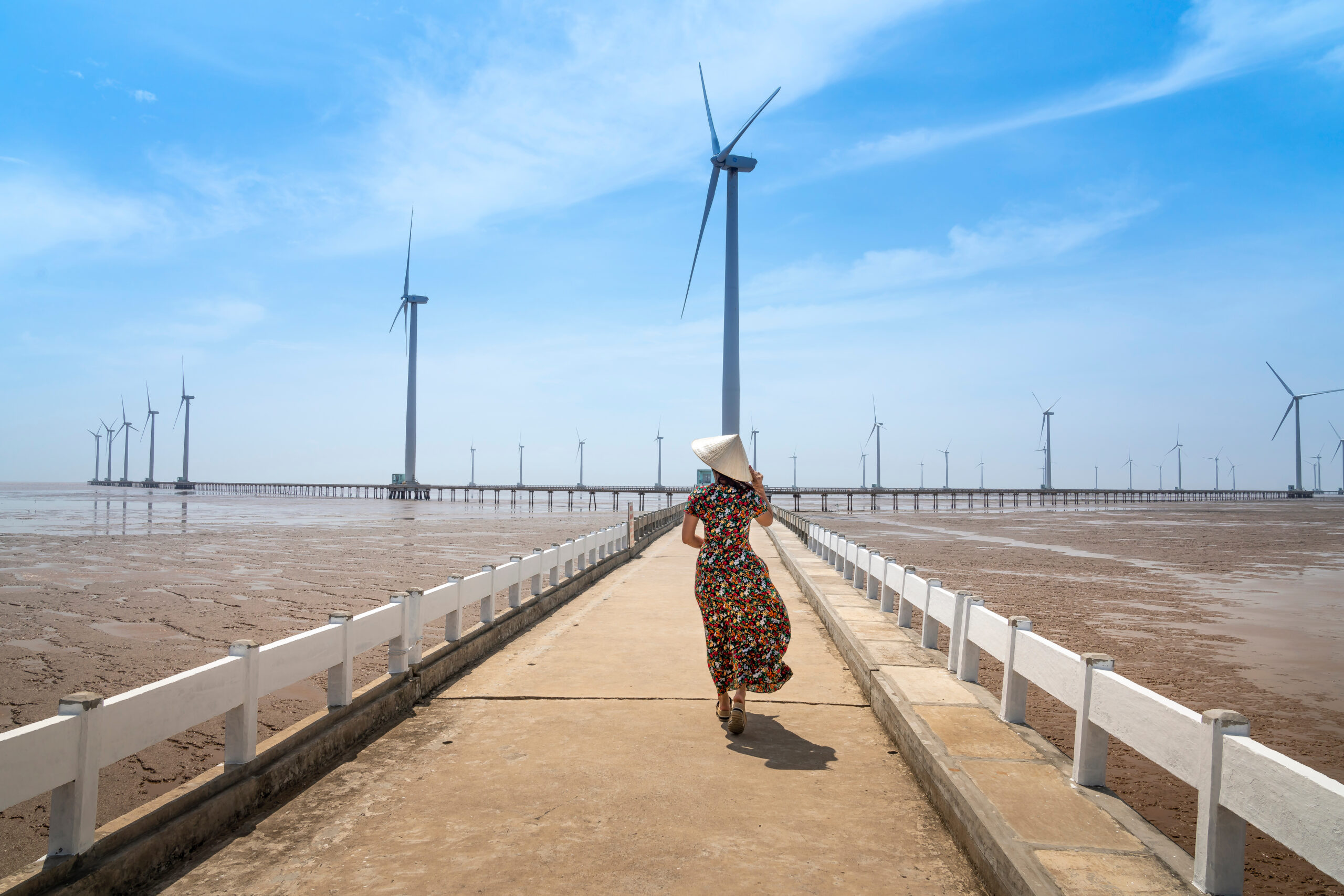Threat of war could sideline Taiwan wind development
Taiwan’s wind power development is facing corporate, regulatory and geopolitical hurdles. Fossil fuels still meet around 98 percent of the nation’s energy needs.

Taiwan’s energy sector is facing considerable hurdles on its path to net zero. Much of that is attributed to its fossil fuels usage, which meets around 98 percent of the island nation’s energy needs. As such, it’s the world’s fifth largest LNG importer, while maritime oil imports, mostly from Middle Eastern suppliers, made up some 44 percent of Taiwan’s total energy needs in 2022.
In an effort to lower CO2 emissions and meet its net zero 2050 goal, the country is trying to ramp up renewables in its energy mix, particularly offshore wind power, but that plan is facing corporate, regulatory and geopolitical headwinds.
On the corporate side, the most recent development came on July 31 when Greenpeace Taiwan urged Taiwan Semiconductor Manufacturing Corp. (TSMC), the world’s largest chip maker by revenue, to pivot to more renewables to offset its carbon footprint that relies on coal and gas to power its operations.
TSMC’s emissions from its vast power consumption are a cause for concern. Its 2021 Scope 1 emissions came in at 2.15 million metric tonnes. Meanwhile, Scope 2 emissions were posted at 8.15 metric tonnes, according to TSMC’s 2021 sustainability report. Furthermore, its emissions even exceed that of Taipei, Taiwan’s capital, which contains some 2.7 million people. TSMC accounts for around 6.4 percent of Taiwan’s total CO2 emissions.
The Greenpeace drive includes a survey that found nearly half of respondents living where TSMC has or plans to establish operations would be willing to lease their roofs for solar panels to be installed.
TSMC operates in southern Taiwan, namely Tainan, Hsinchu County and City, and Kaohsiung. Taiwan is the world’s second largest chip making country after Japan, and one notch ahead of the U.S. China is fourth on the list.
Taiwan wind power ambitions
Taiwan is also planning to develop a thriving offshore wind power industry to take advantage of its ample coastline, comprising some 1,566 kilometres.
The country’s energy mix is earmarked to include 50 percent natural gas (from LNG imports), 30 percent from coal, and 20 percent from renewable energy by 2025. To meet the renewable energy target, the government hopes to increase offshore wind capacity by 5.7 GW, a compound annual growth rate of 22 percent.
The plan includes placing over 700 wind turbines in the Taiwan Strait at a price tag of around US$20 billion. To attract investors, the government is also offering a feed-in-tariff (FIT) of 4.5085 (NT$)/kWh for Power Purchase Agreements (PPA) signed this year. A new FIT will be set for next year.
Local special interest groups are also a problem. Around 70 percent of Taiwan’s offshore wind power projects are being built off the coast of Changhua County in the mid-western part of the country. However, government regulations require that the Changhua Fisheries’ Association (CFA) must agree to any offshore wind farm development, according to a Taipei-based CommonWealth Magazine report.
As such, the CFA has the power to “make or break wind farm projects,” and is raising compensation demands with foreign developers, thus causing several wind power project developers to consider pulling out of the country’s offshore wind power sector, the report added.
Taiwan’s offshore wind power development plans, nonetheless, still represent an ambitious goal given that it currently has only 1.58 GW of installed wind power operational.
The country’s offshore wind power sector is expected to generate around TWD$1 trillion (US$32.6 billion) in total investments by 2025, Lee Chun-li, deputy director-general of Taiwan’s Bureau of Energy, told Reuters in May.
Geopolitical risk
At the end of the day geopolitical risk may be the most difficult hurdle to surmount. Since most of the country’s near shore capacity is already committed to defense, shipping and security development, it will have to mostly build floating offshore wind power platforms, instead of fixed-bottom turbines, in the Taiwan Strait.
However, the Chinese military has been ramping up both warship and fighter plane incursions in the Taiwan Strait in an ever-increasing show of force, with vows to make the island nation part of China, by force if necessary. Mainland China sits some 130 kilometres across the Strait from Taiwan.
Pushing the envelope even more, on September 11 China sent an aircraft carrier strike group and dozens of warplanes into the region around Taiwan in what The Guardian called one of Beijing’s biggest operations in months.
Three days later, China added even more pressure. Taiwan’s Defense Ministry said it had spotted 28 Chinese warplanes, including J-10 fighters, flying into the southwestern corner of the island’s air defense identification zone (ADIZ). Taiwan scrambled F-16 fighters in response.
It should be noted that Taiwan was never part of — nor ruled by — the People’s Republic of China (PRC). The former government of mainland China, the Republic of China (ROC), lost the Chinese Civil War to the PRC in 1949, relocated to Taiwan and established a separate and independent government. Taiwan’s formal name remains the ROC.
Though the threat of war is increasingly hanging over future offshore wind power development for Taiwan, it’s up to foreign investors to decide if the sector’s potential offsets the risk.
Some analysts believe that China would attack these wind power projects in case of hostilities with Taiwan, while others think Beijing wouldn’t destroy critical infrastructure that they would have to replace if successful in their attempt to take Taiwan.
Philip Andrews-Speed, Senior Research Fellow at the Oxford Institute for Energy Studies, told Gas Outlook that China would likely attack Taiwan’s offshore wind power projects “as part of an effort to degrade Taiwan’s electricity supply as the Russians are now doing in Ukraine.”
Moreover, providing insurance for the threat of war or factoring it into any project financing risk mitigation model would likely be cost prohibitive or simply unable to be determined.
A few international offshore wind power developers, however, are still pressing ahead with plans for development, including Copenhagen Infrastructure Partners (CIP), Spanish developer BlueFloat Energy and Danish multi-national energy giant Orsted.
Andrews-Speed added that the situation reminded him of when he worked for BP in Beijing in 1992 and Crestone, a small American oil company, was awarded an exploration contract by Vietnam right in the middle of the contested South China Sea. “Crestone didn’t do anything and most international oil companies have stayed away from exploration in such a central position in the South China Sea.”
His view is in line with a growing list of wind power developers having second thoughts about development in the Taiwan Strait, while considering diversifying their renewables energy portfolio in other Asia-Pacific countries, including Vietnam and Australia. Both countries are pushing ahead with their own respective offshore wind power development plans.



